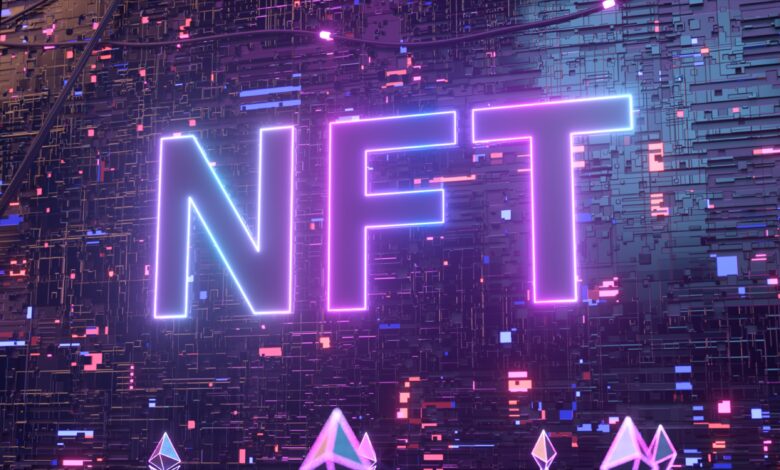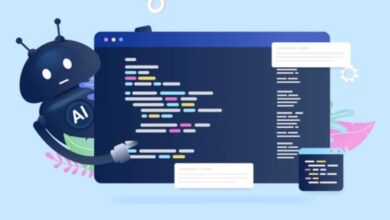How to Invest in NFTs: Learn How to be a Part of the Digital Universe

A digital commodity that resembles a physical product is known as a non-fungible token.
You may be acquainted with the term “non-fungible asset.” A commodity that is special or one-of-a-kind is referred to as being non-fungible. It is one of a kind, cannot be traded for an equivalent commodity, and has no established selling price.
A non-fungible example of a commodity would be a piece of property. The land allotment is distinctive, cannot be reproduced, has no fixed market valuation, and may not be traded for anything else of equivalent cost.
On the contrary side, it is possible to manufacture enormous amounts of banknotes. A banknote can be switched to another banknote, and the two will keep their full values. The assets which are included in the non-fungible classification are:
- Images
- Gifs
- Videos
- Tweets
- Digital Art Pieces
- Video Game Data
- Memes
- Audios
Essentially, the quantity of digital materials is boundless (which redeems them as a fungible asset). Content on the internet can be distributed and replicated.
By establishing exclusivity and claiming a digital product as “authentic,” NFTs attempt to deal with duplication. Possessing an NFT enables you to be the owner of the original digital commodity. For instance, if you buy a digital art NFT, you practically own the digital art.
The Process of Buying NFTs
A developed specifically NFT platform, similar to the digital platform bitcoin 360 ai, but for virtual currencies only, is where NFTs are traded and purchased. Parallel to the trading system for acquiring and transferring digital currencies and equities, these platforms can be utilized to acquire an NFT at a given rate or act as simulated bidding.
As a corollary, the worth of NFTs advertised for bidding auction swings according to interest. The value rises in direct relation to consumption.
One significant distinction between NFTs, equities, and cryptocurrencies is that equities and cryptocurrencies are interchangeable, i.e., every component is identical to each other. One Amazon share is equivalent to another, just as every Cryptocurrency token is equivalent to another. Because NFTs are non-fungible, the coin you purchase signifies a special product that cannot be repaired or replaced.
You must establish and activate a cryptocurrency wallet on an NFT platform before you can place an offer on these virtual currency units. The digital currencies necessary to buy an NFT are maintained in a cryptocurrency wallet, similar to a virtual wallet on an e-commerce marketplace. The cryptocurrency required to purchase a particular NFT must be transferred to a wallet. If a nonfungible token is bought from the Ethereum marketplace, you will have to pay the amount in ETH.
Selling NFTs
Once you obtain an NFT, you generally have absolute control over the virtual currency. It can be utilized in a bigger digital design, kept as a keepsake, or publicly displayed for individuals to observe. You can also publish a sell notification on it. For NFT transactions, exchanges levy a premium. Given that the ledger processing needed to validate the NFT requires resources, these charges, also known as “gas fees,” might differ considerably on the blockchain platform the NFT operates.
You must publish your digital content to the community of your preference in order to trade it, assuming the community recognizes the cryptocurrency the NFT was constructed on. From there, you can determine whether one should put it up for auction-style trading or advertise it for purchase at a predetermined fee.
The platform will examine the product after registration. The platform will take care of the NFT transaction from the seller to the customer when it has been acquired. It will also deliver cryptocurrency payments to your account, less than the posting charge and other relevant blockchain computational costs.
Plus Points of Non-Fungible Tokens
As non-fungible tokens have become accessible to the public, more and more people are learning about this technological asset and are ready to buy it. They are considering buying it because there are many benefits that are hidden in this digital token. Let’s uncover some of those:
- The worth of some tangible objects, like artistic works, has a tendency of escalating over time, and digital art may jump on board.
- Availability to significantly more purchasers and sellers than in the past is made available by acquiring and selling digital products as NFTs.
- NFT marketplaces have the authority to regulate which tokens are exhibited and not advertised, giving them the flexibility to “disallow” some troublesome NFTs or developers. Even though the eradication of known fake or otherwise illegal NFTs is applauded by the preponderance of NFT trading market participants, content moderation does not fundamentally accord with the purposes of irreversible blockchain technologies.
Adverse Side of NFTs
- A large percentage of NFTs are stationary commodities that just don’t produce any revenue on their own, therefore their valuation is primarily influenced by discretionary factors like consumer interest. As a result, extravagant rates might not persist indefinitely and NFTs could experience a significant value decrease.
- It requires money to generate and distribute NFTs, and the expenses can exceed what other consumers on a platform are prepared to shell out for an NFT.
- Non-fungible tokens and the blockchain network they are predicated on have an influence on the environment since they require a considerable amount of energy when producing and validating payments.
- Be careful to undertake your research to determine exactly where the digital asset is hosted (at a website address, in retention in a cloud server area, etc.) and whether you have discretion over transferring the item to a separate website. Some NFT ventures may not ensure ownership of the financial instrument itself.
Final Words
Non-fungible tokens seem like an exciting adventure and it indeed is. But make sure that you don’t over-invest in it and just keep a small amount of money saved for it. Because we do not exactly know right now how the NFT marketplace will prosper.




